China Edges
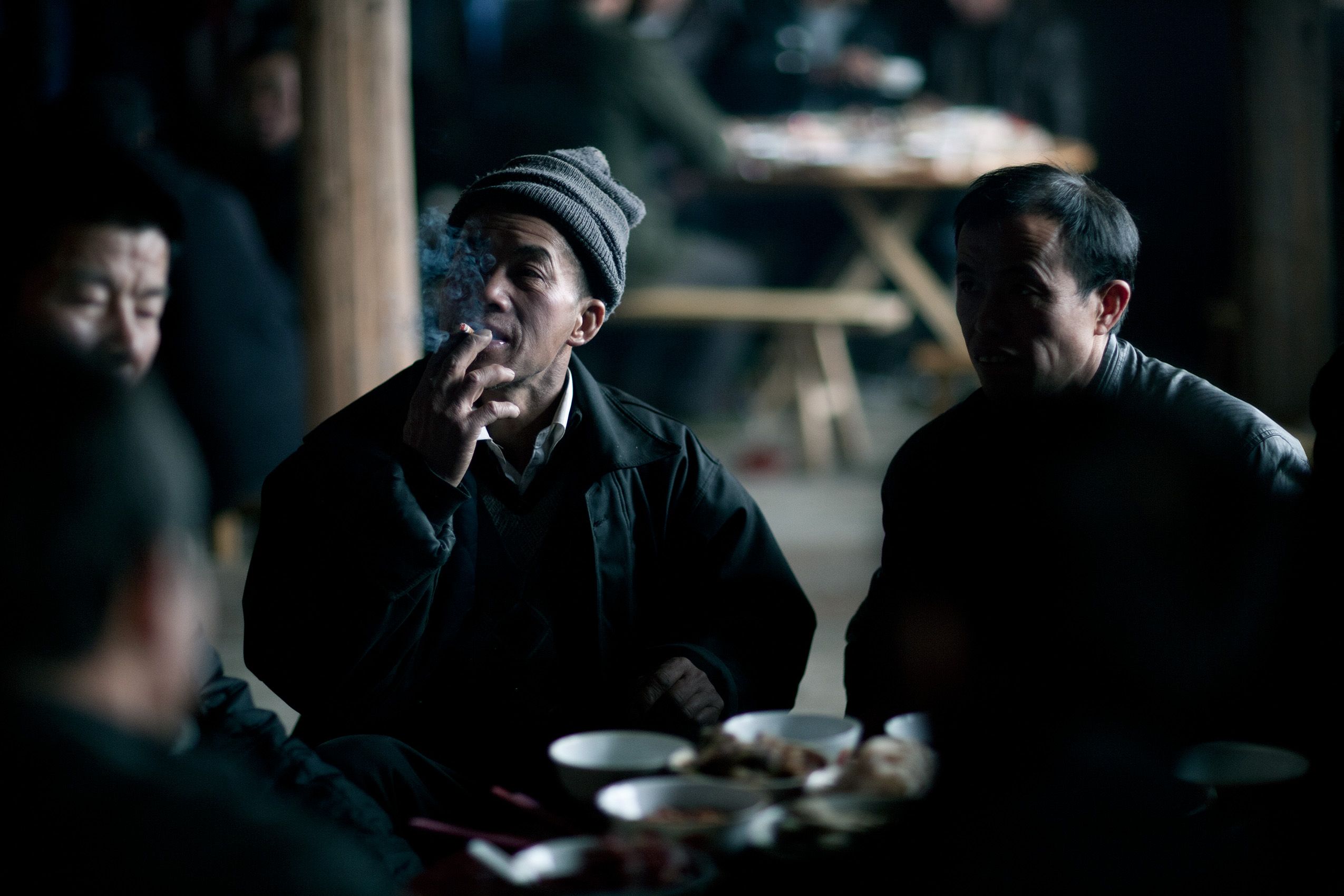
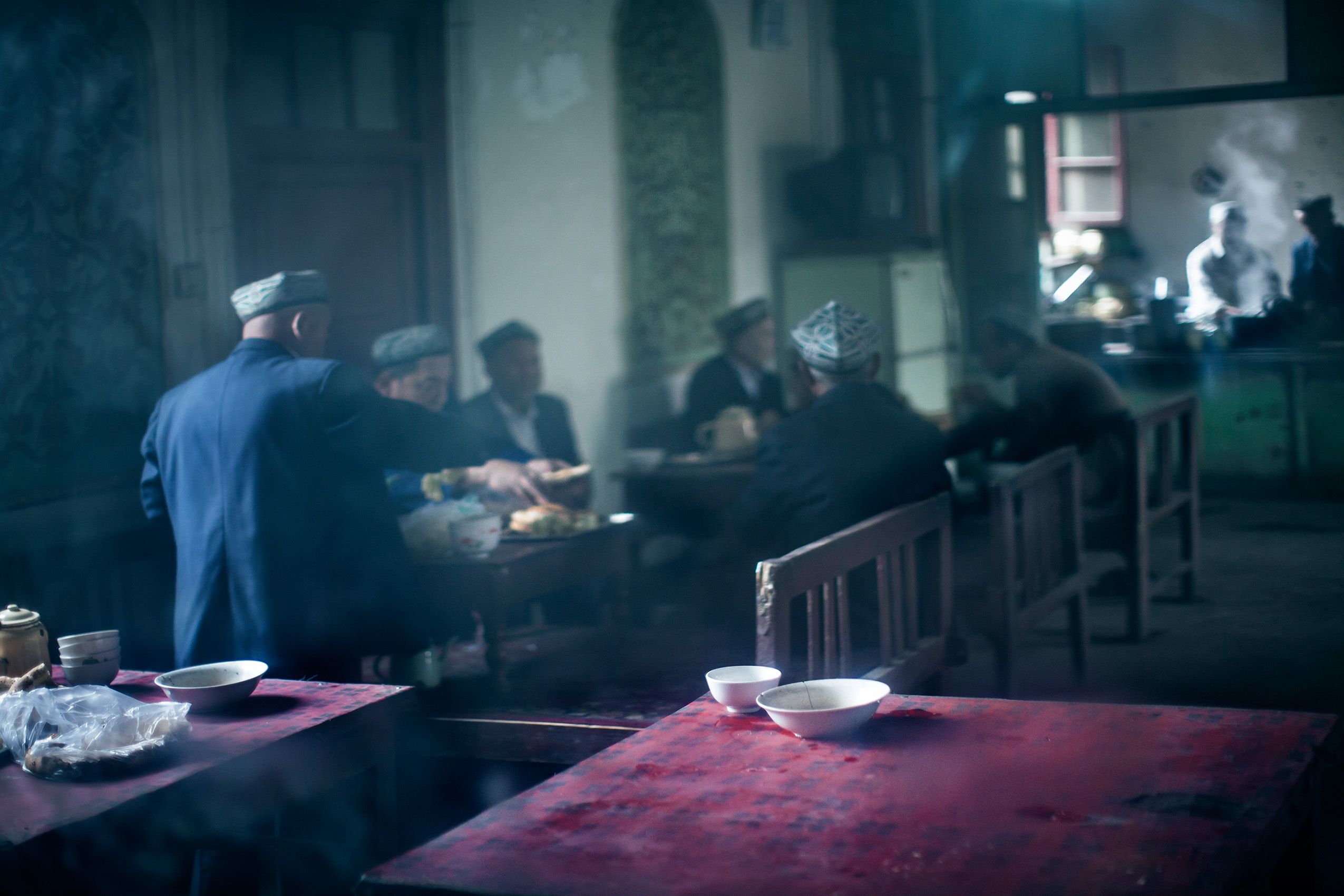
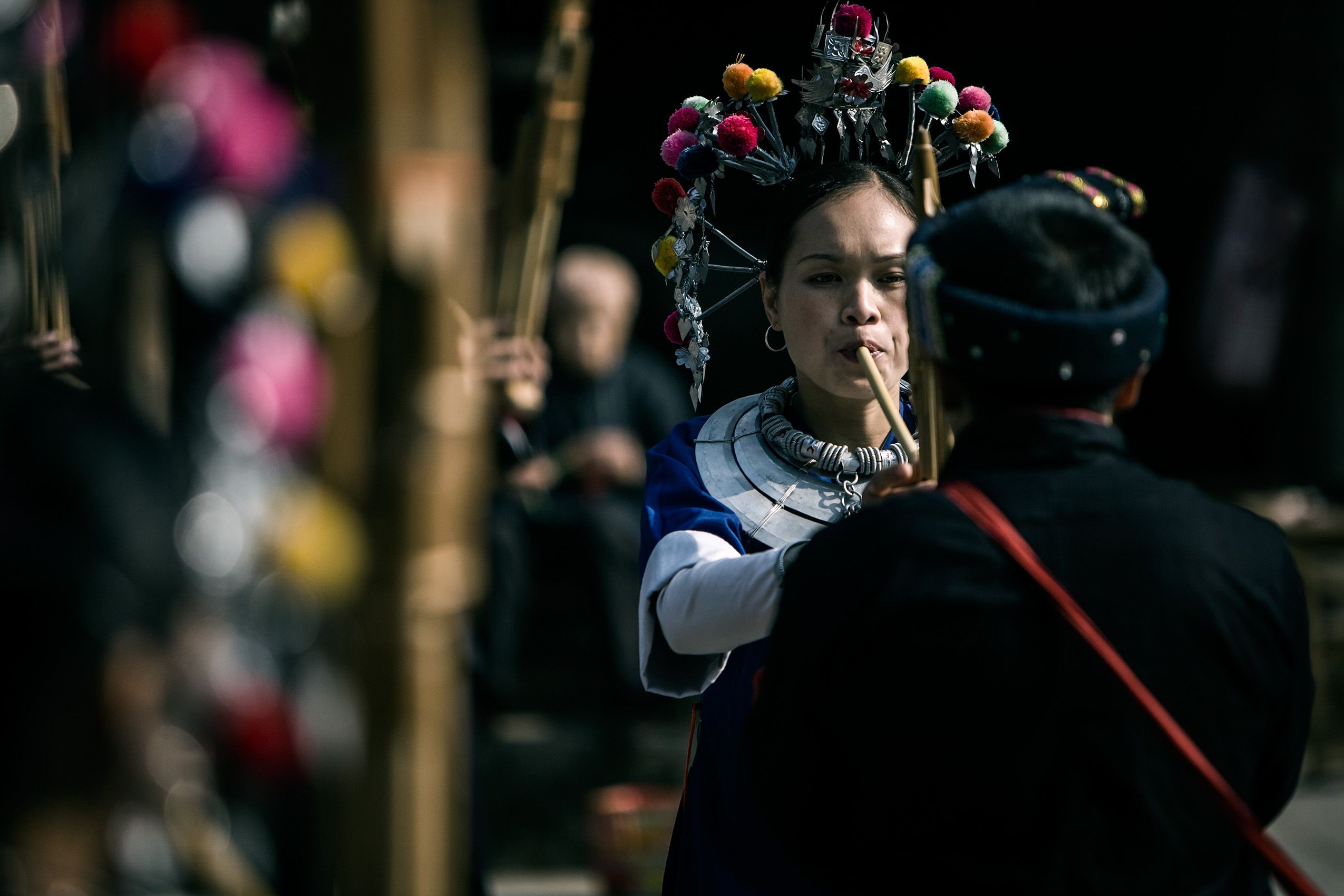
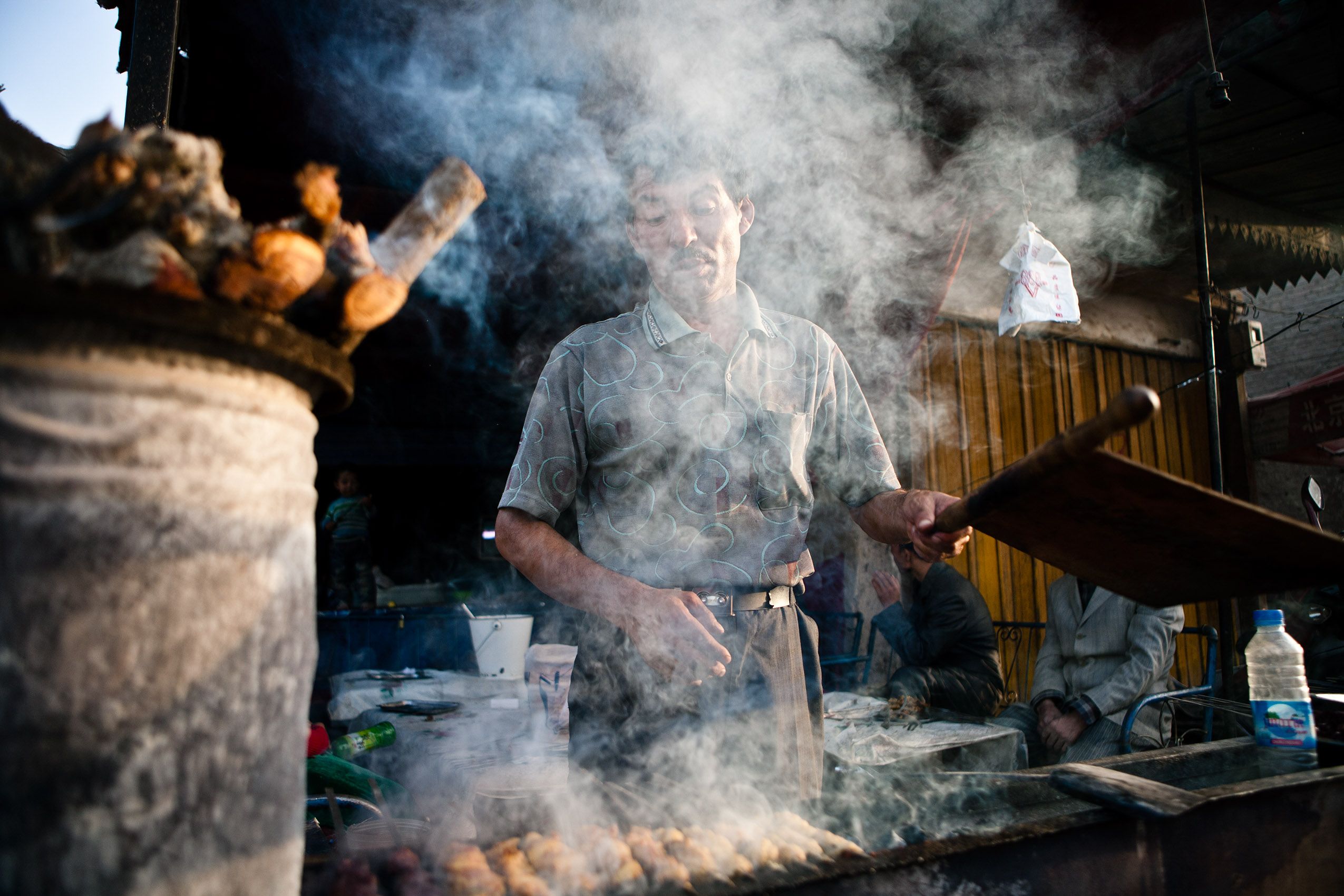
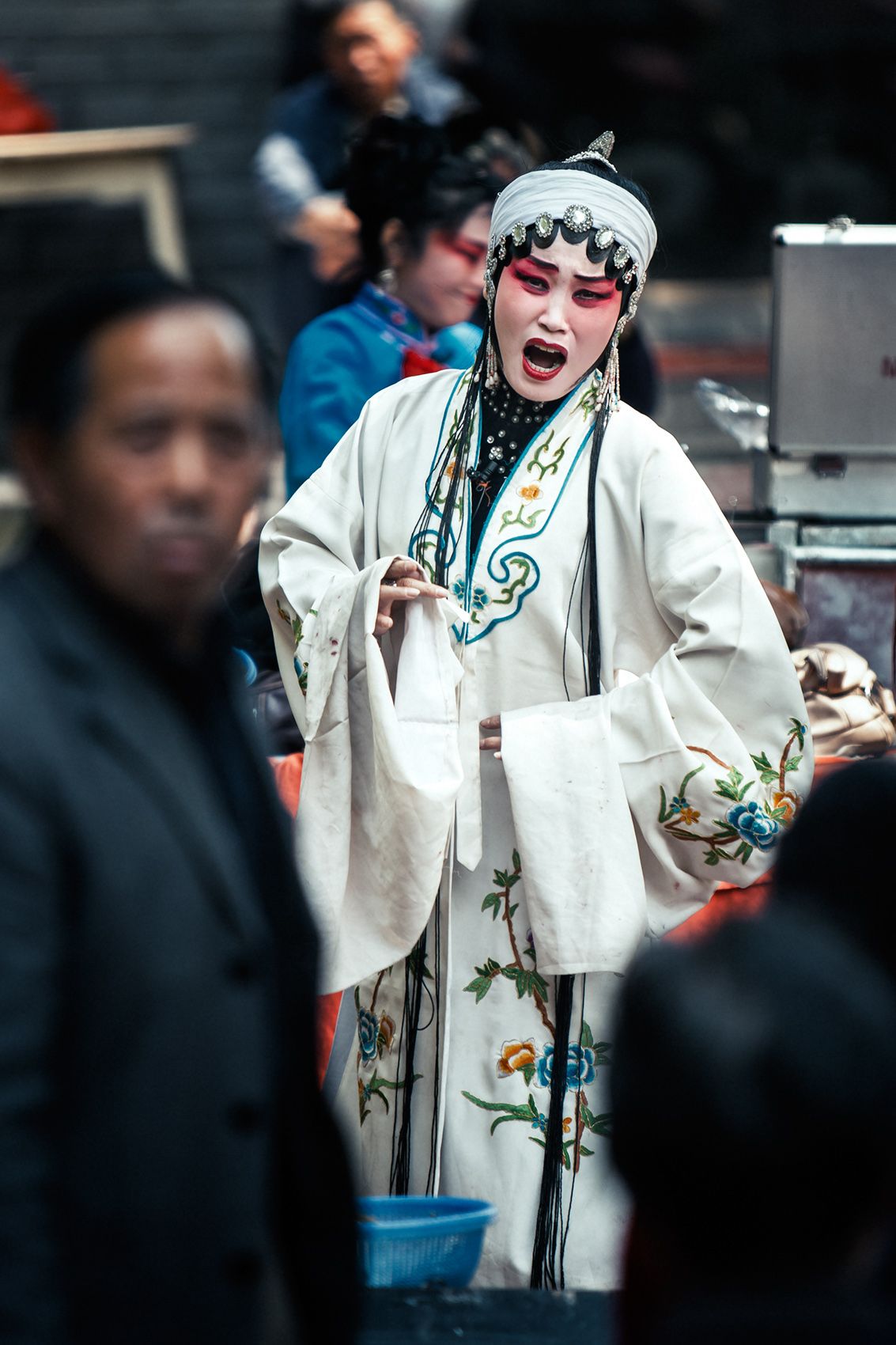
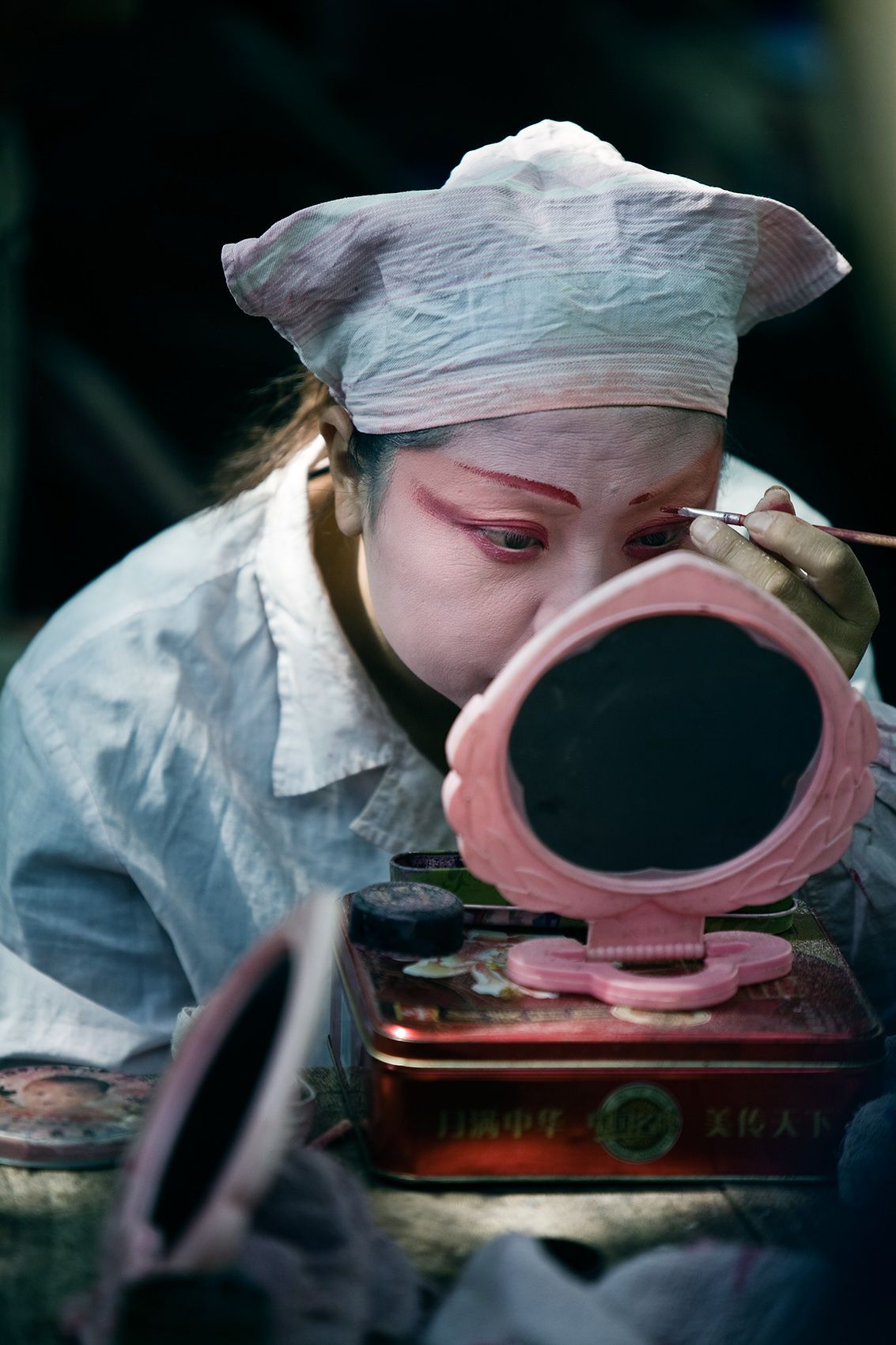
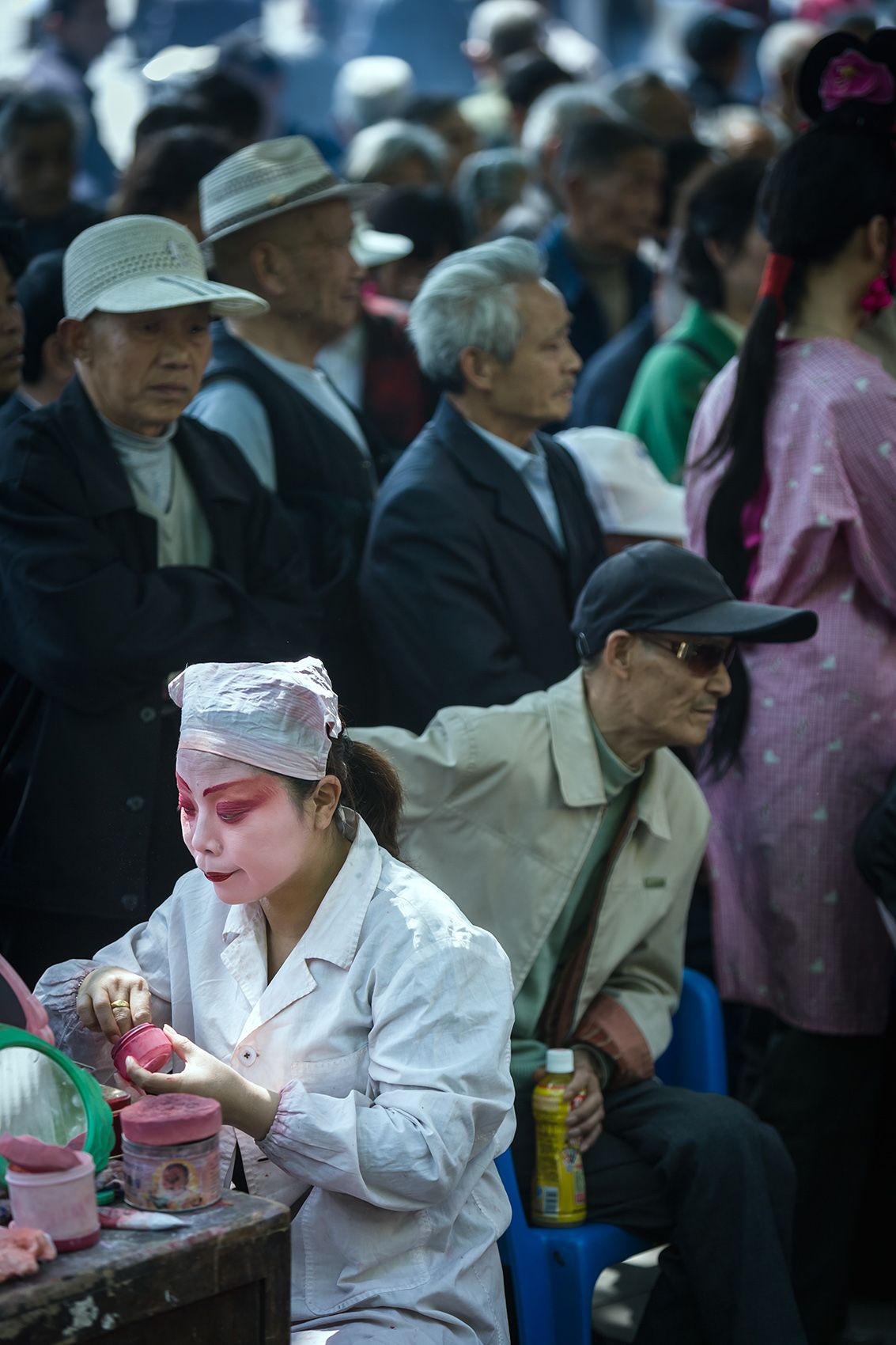
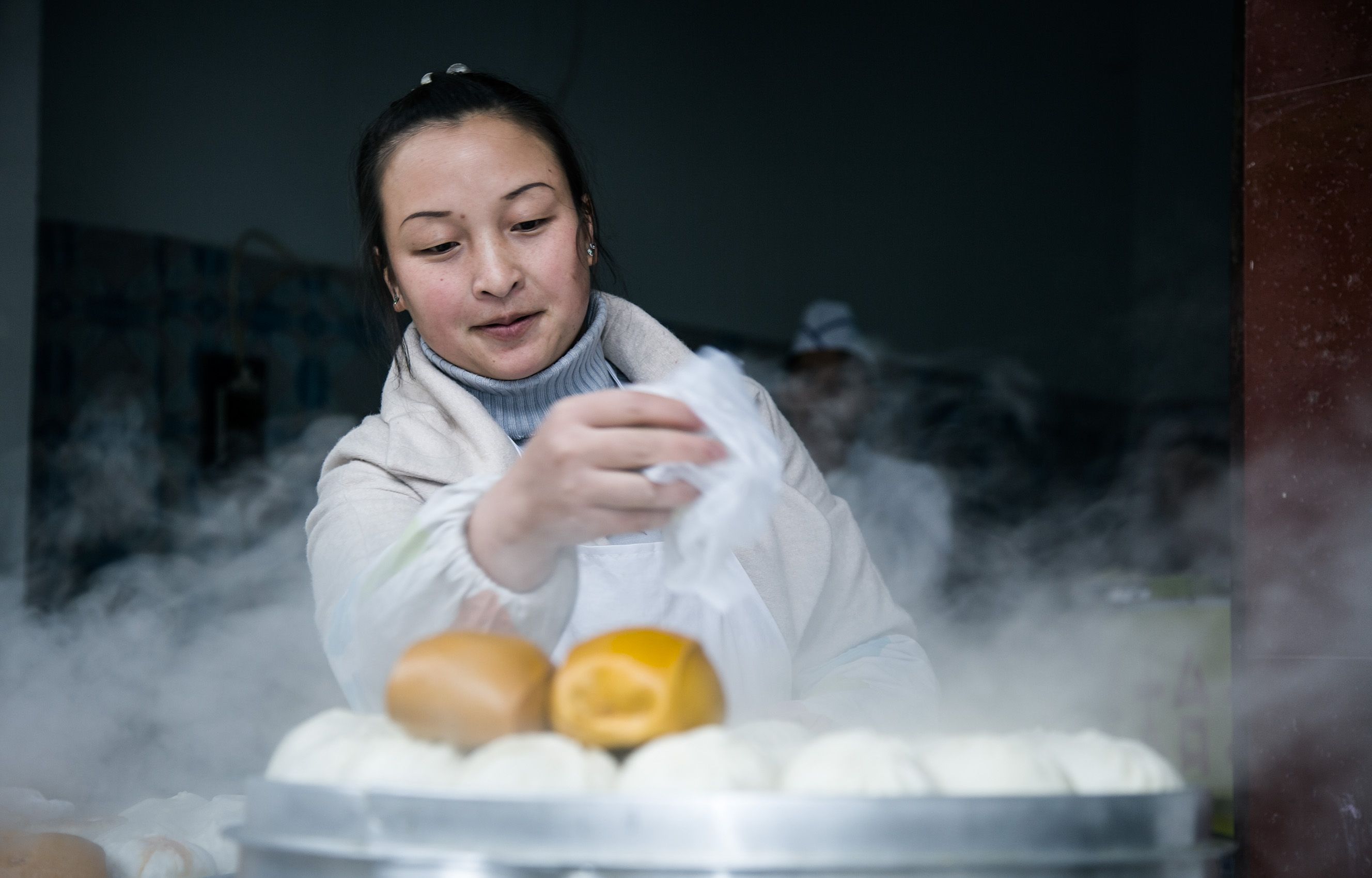
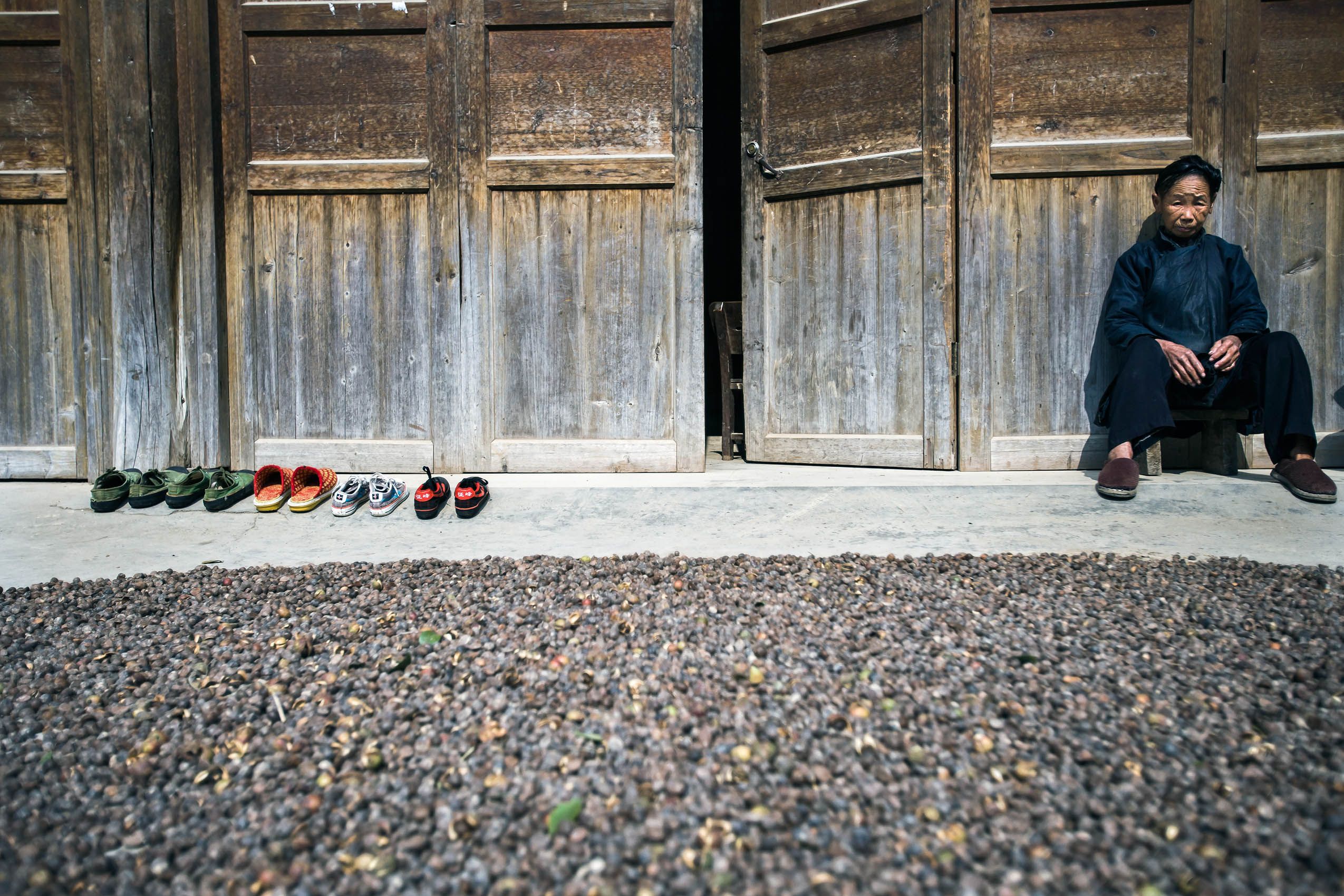
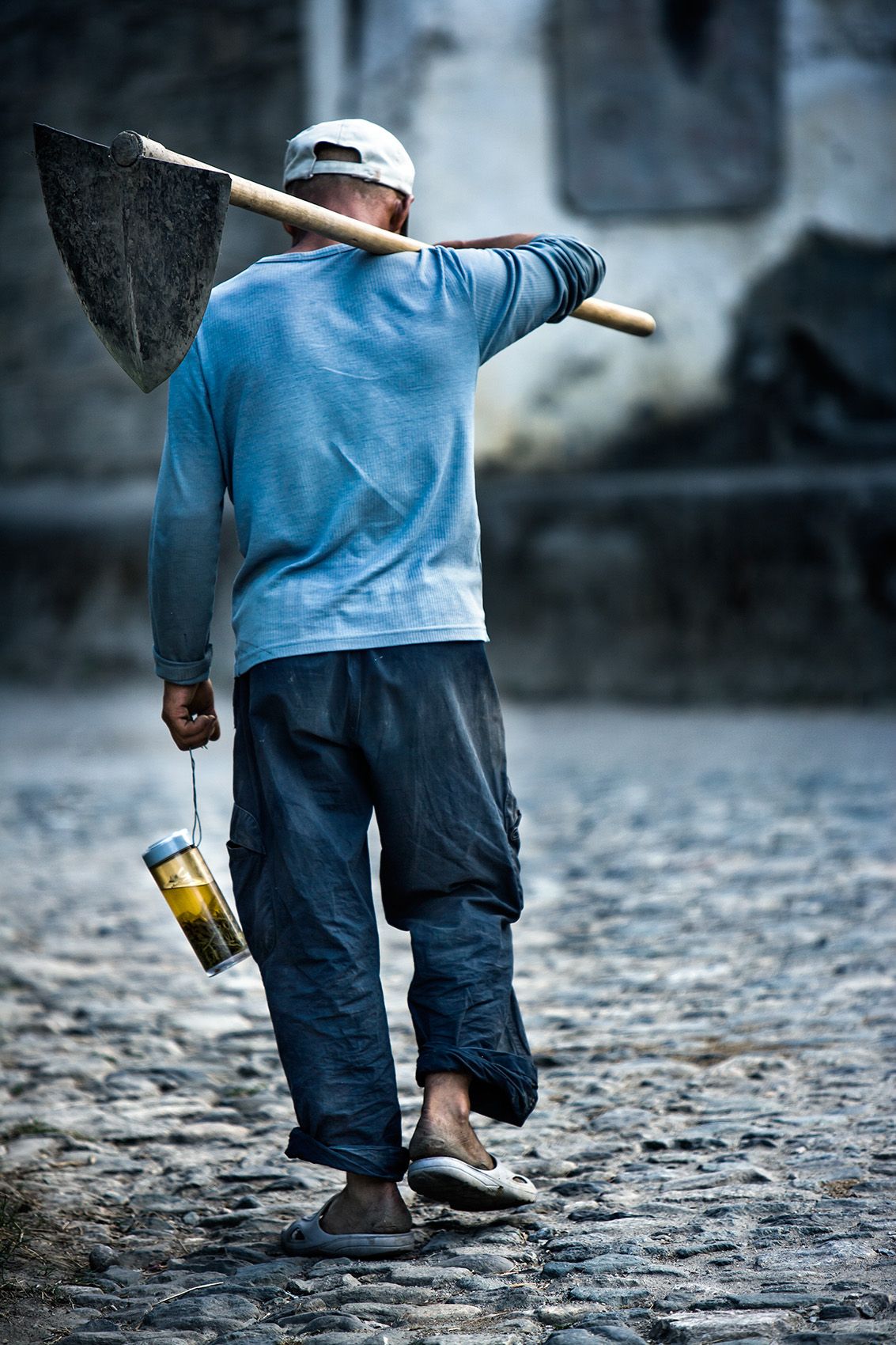
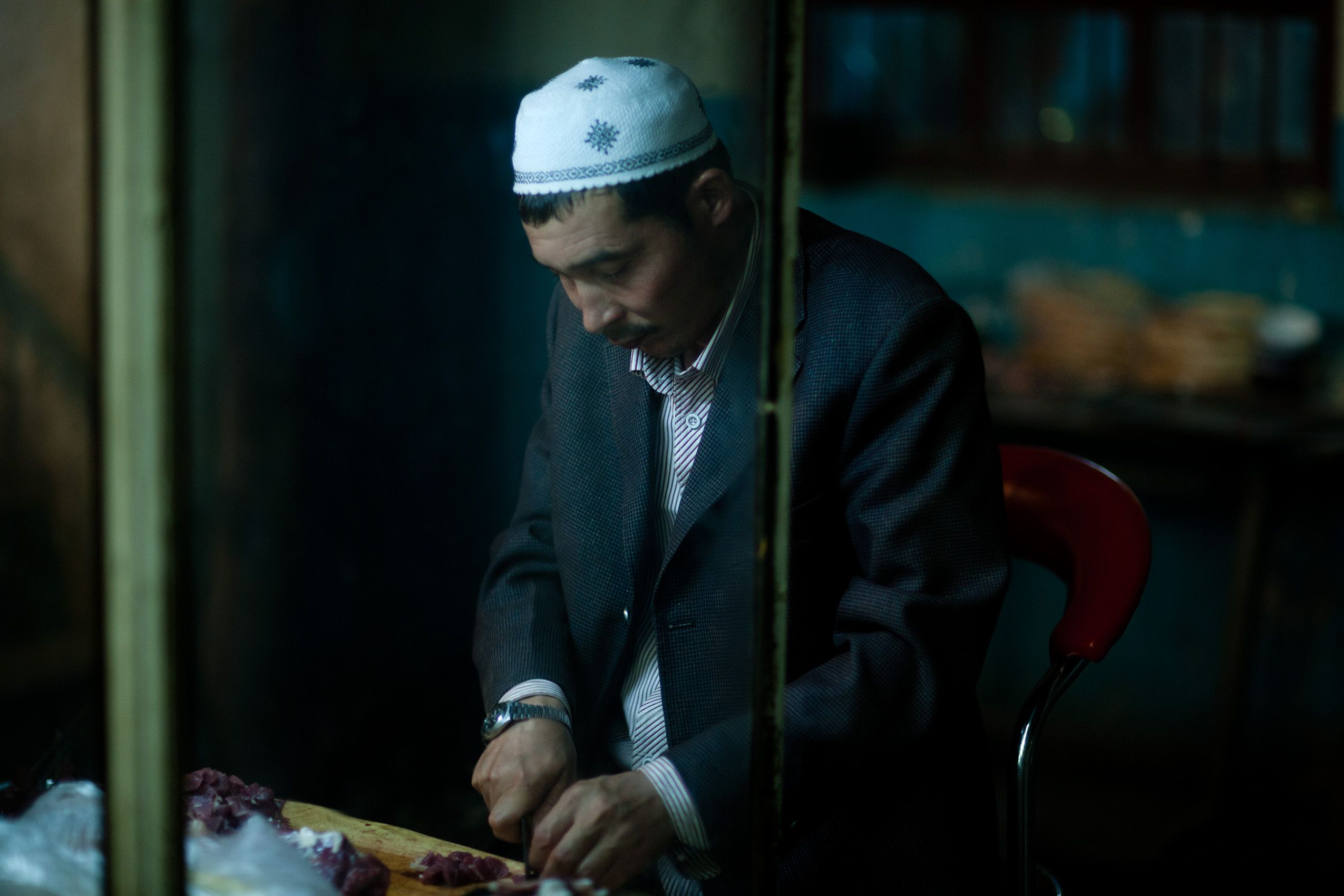
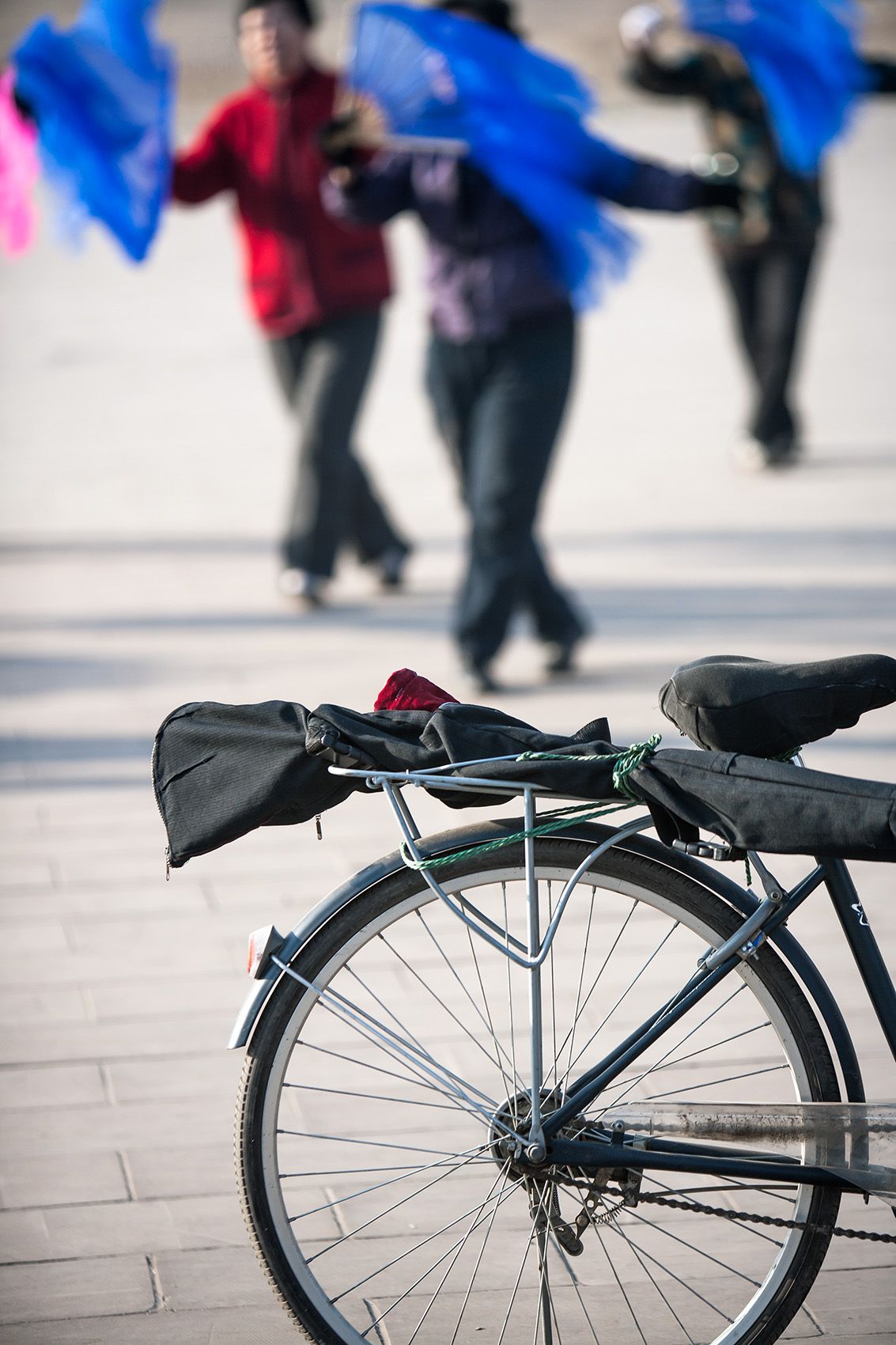
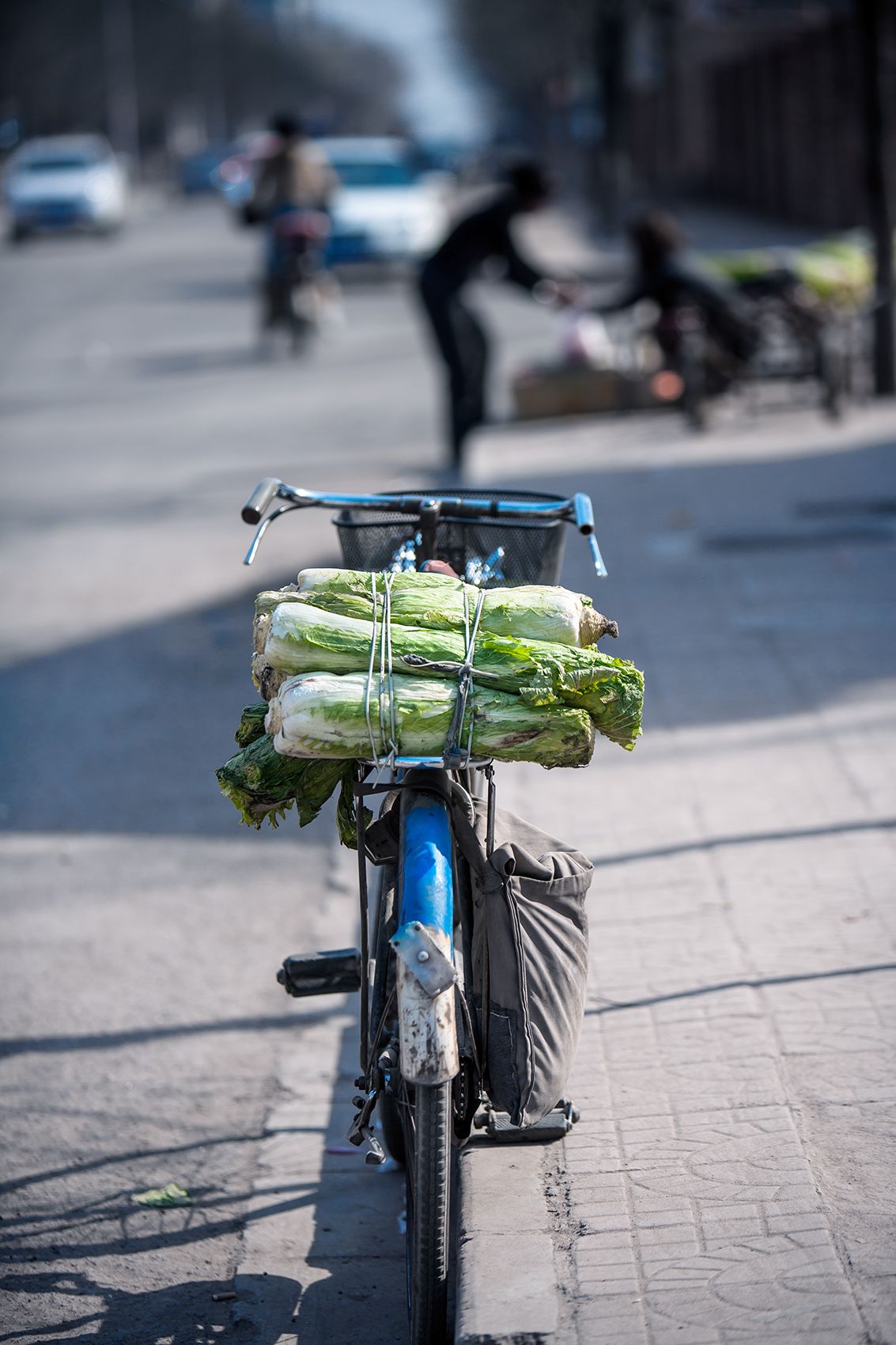
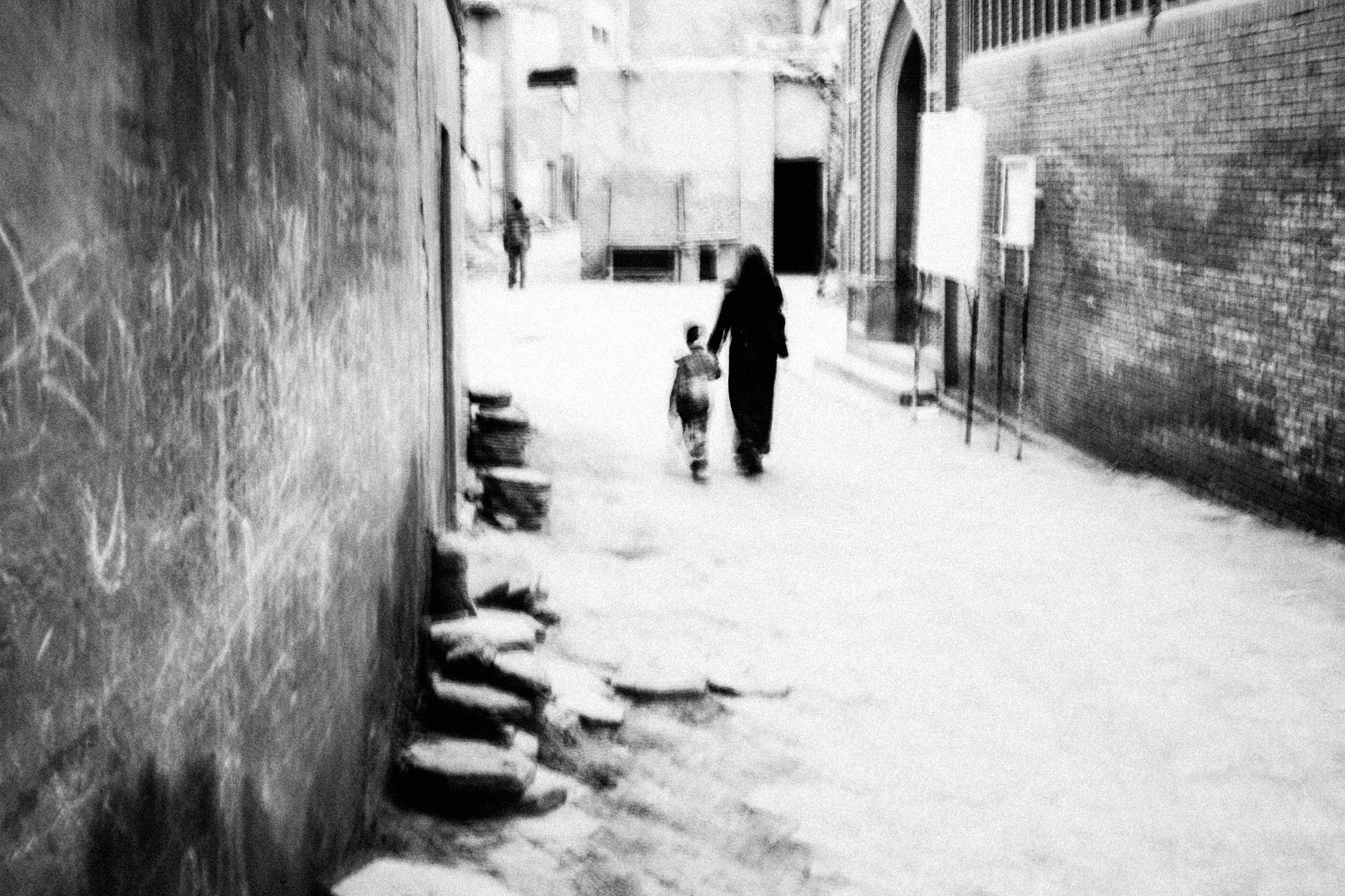
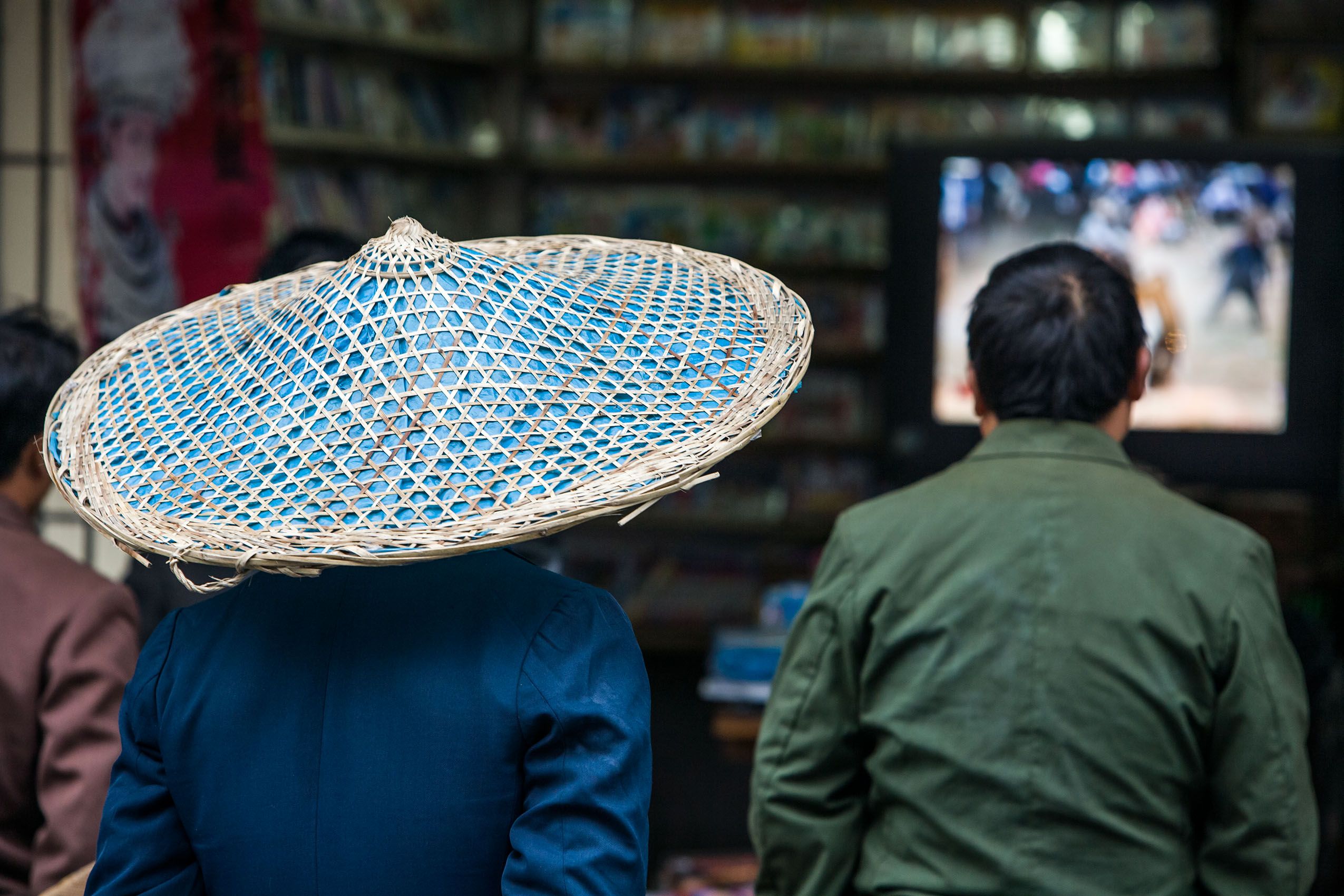
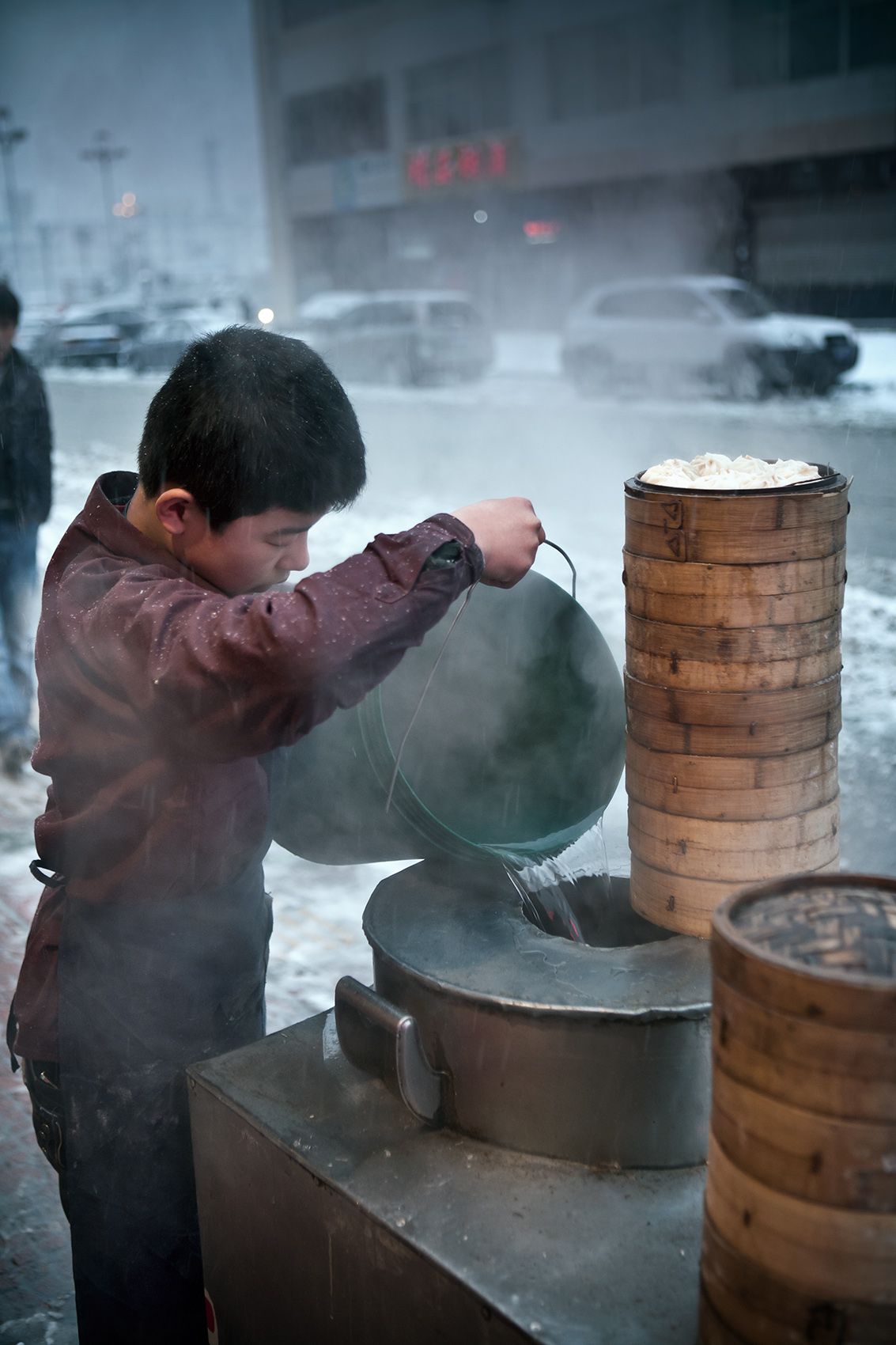
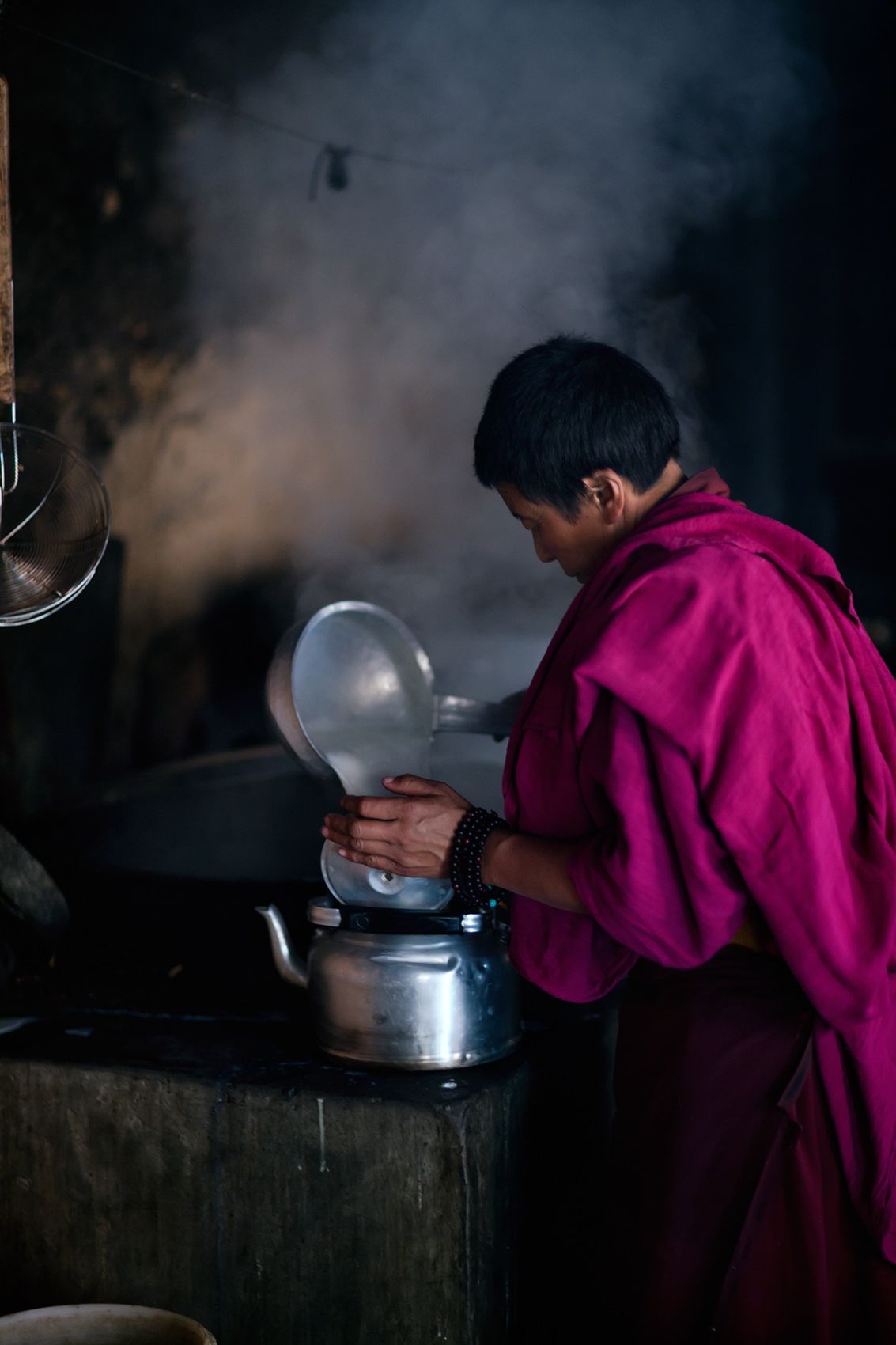
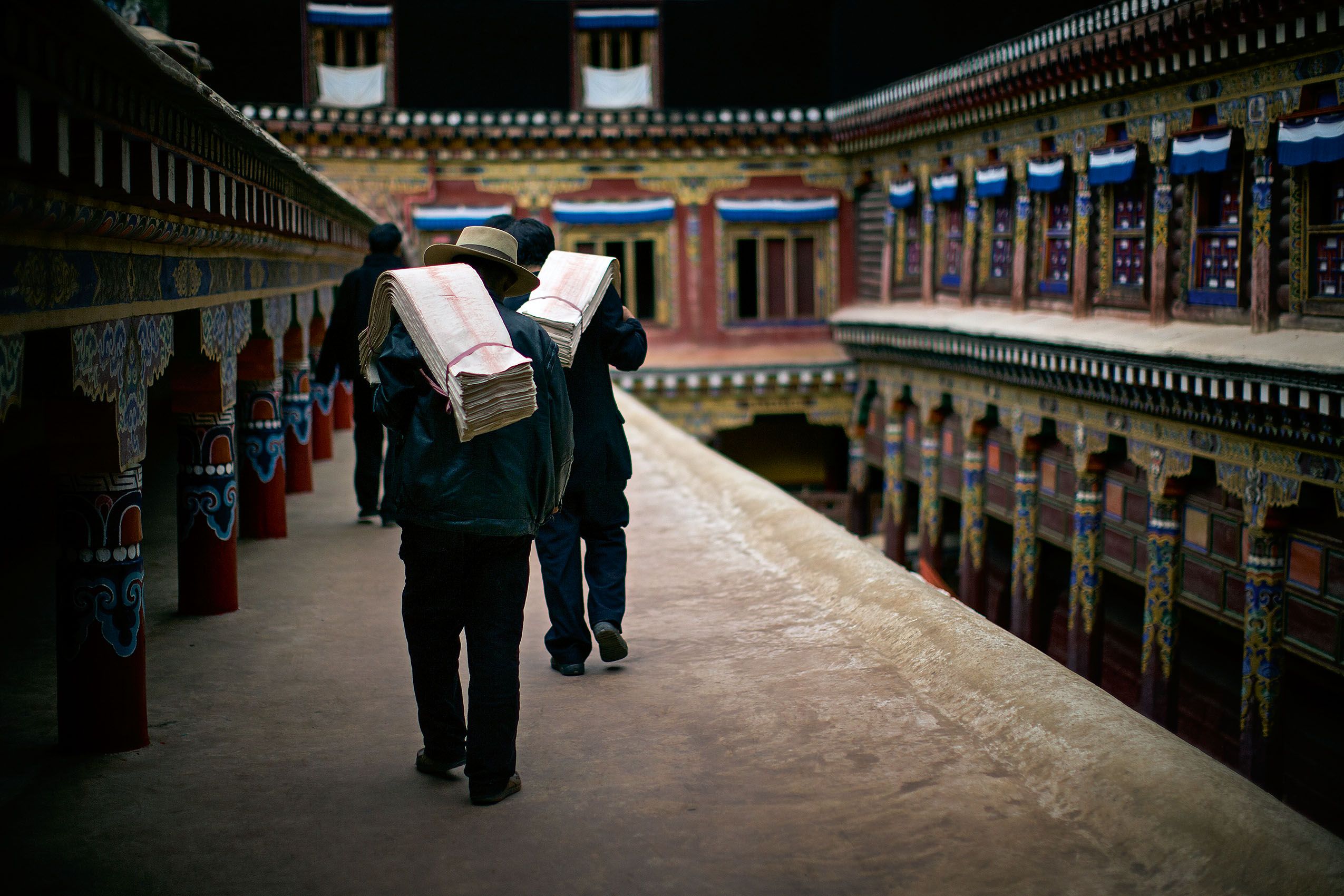
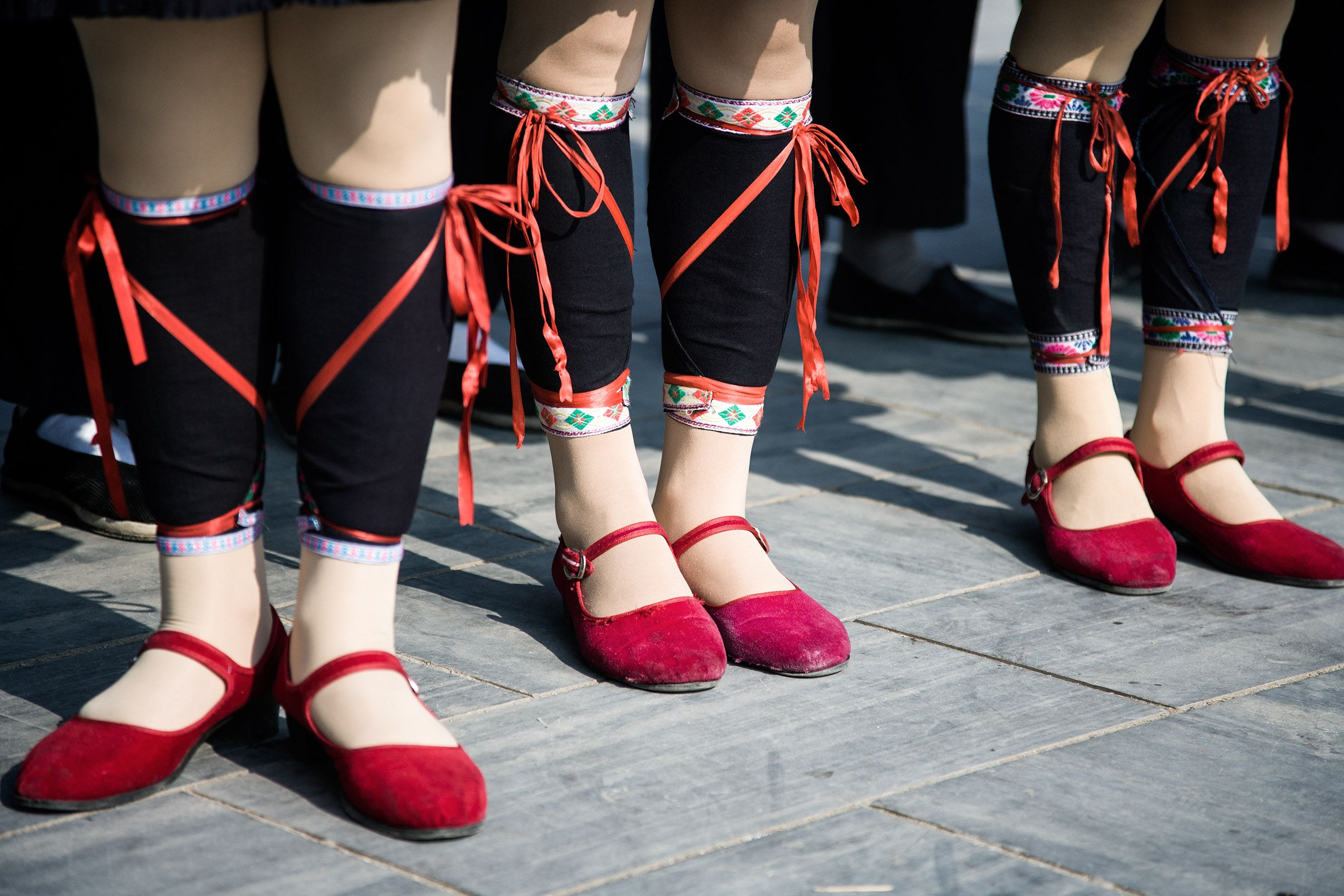
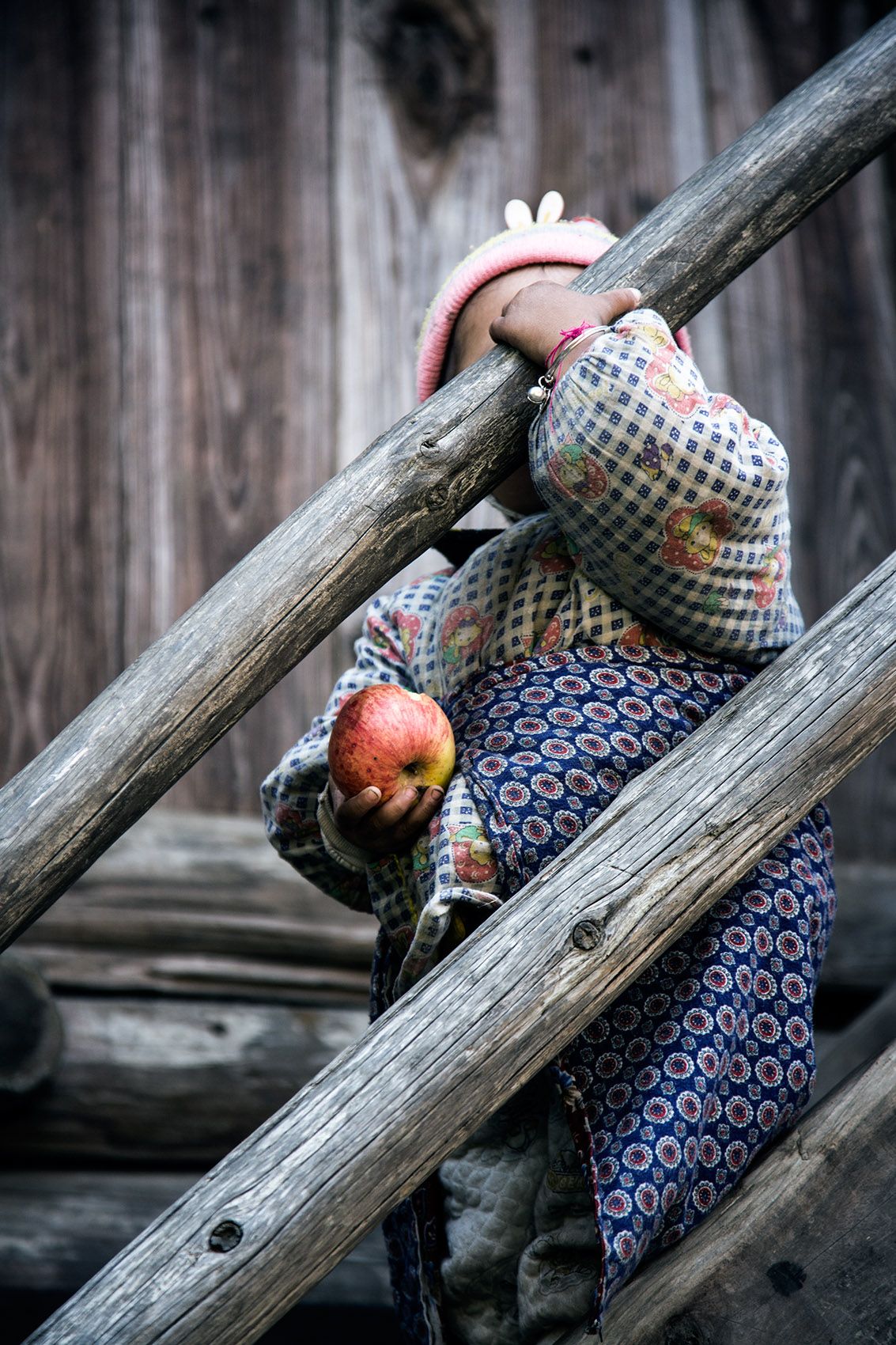
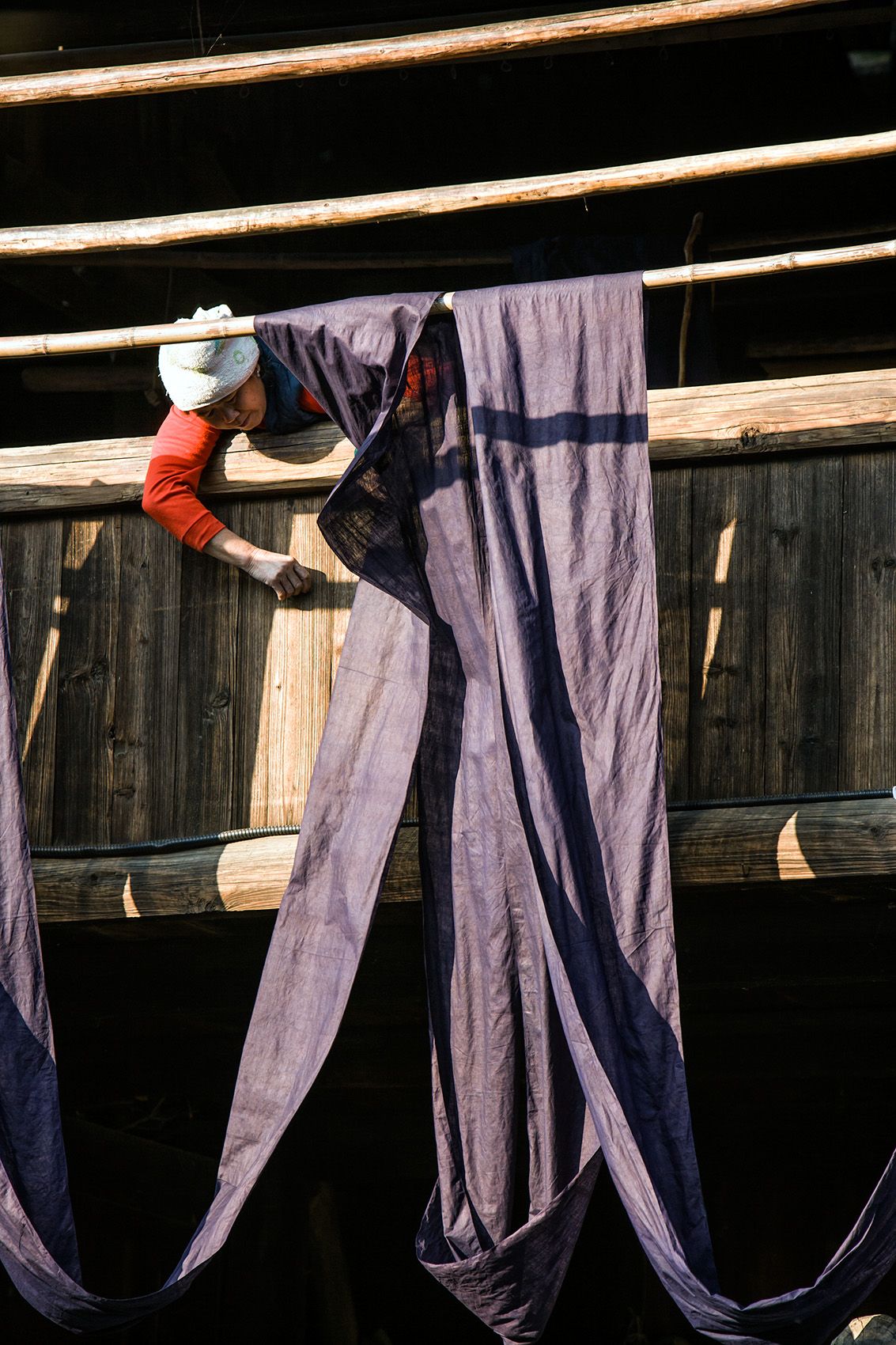
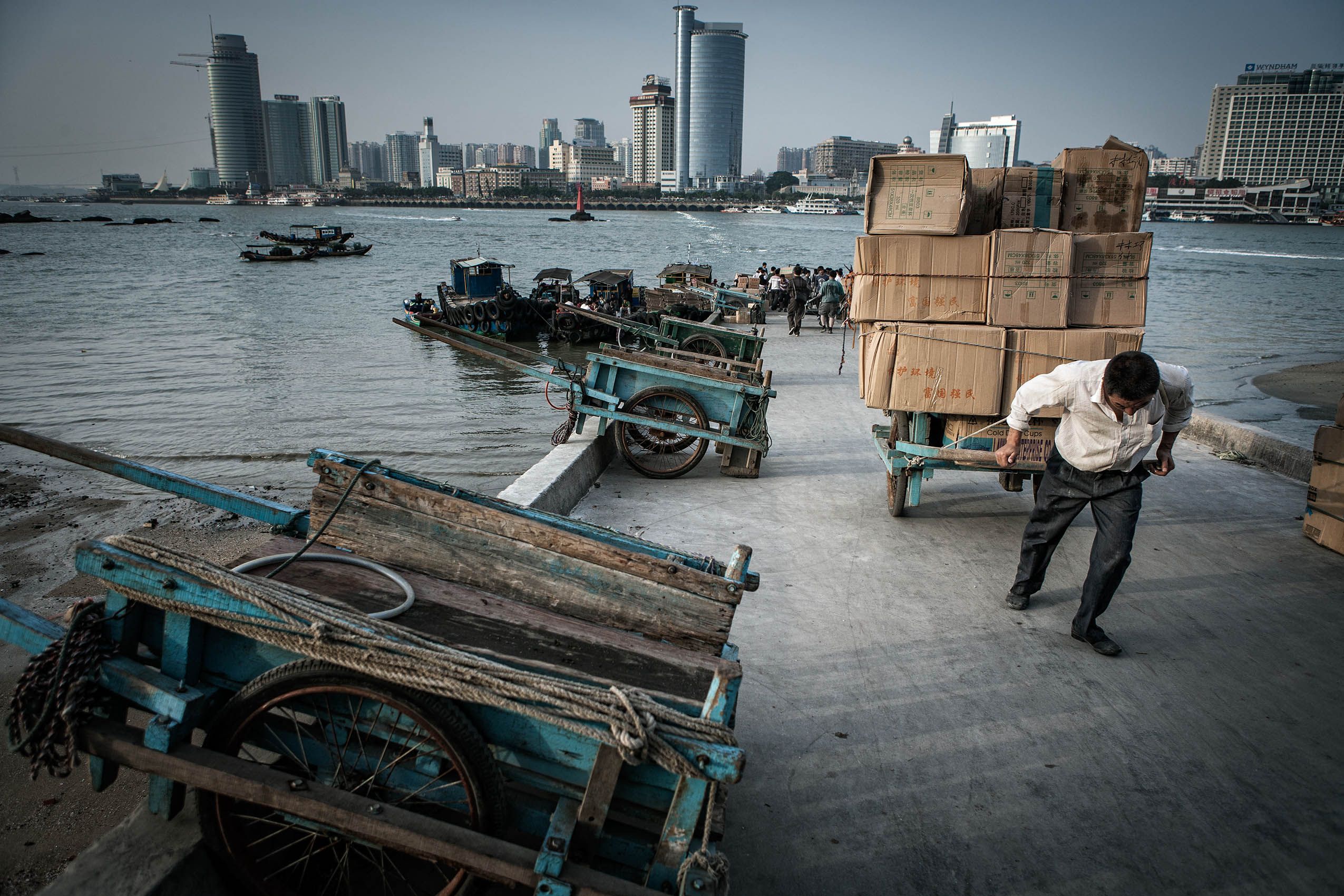
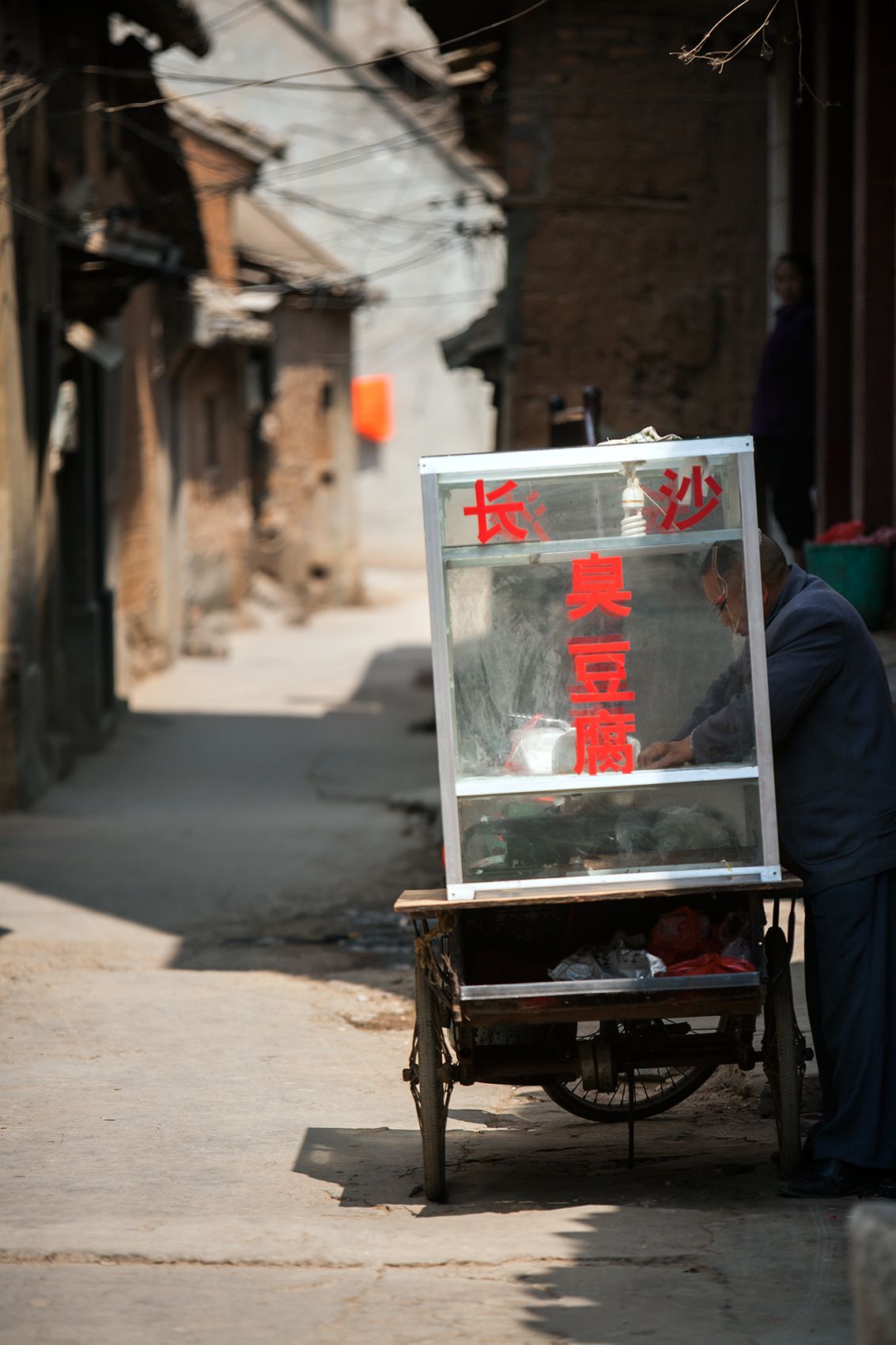
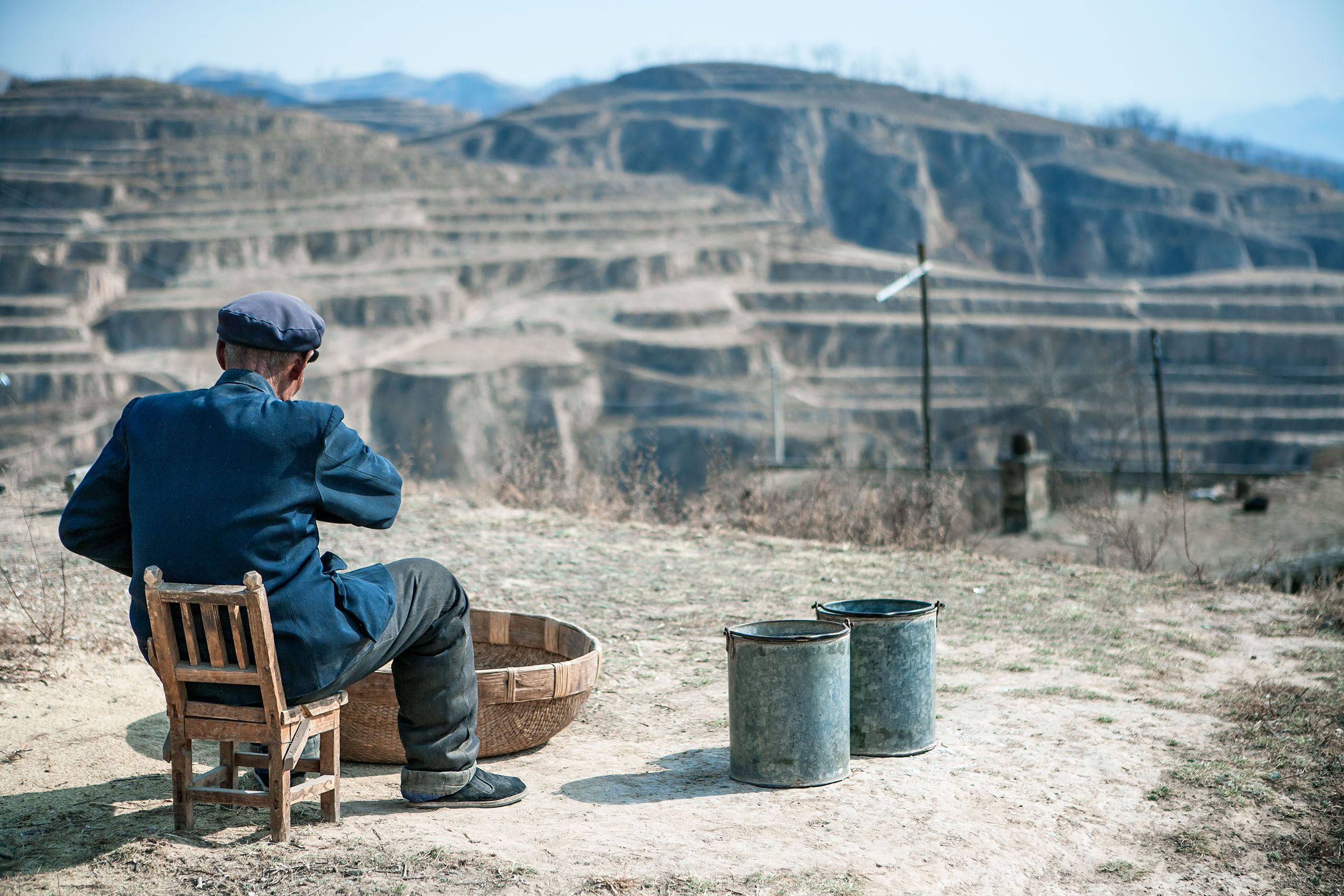
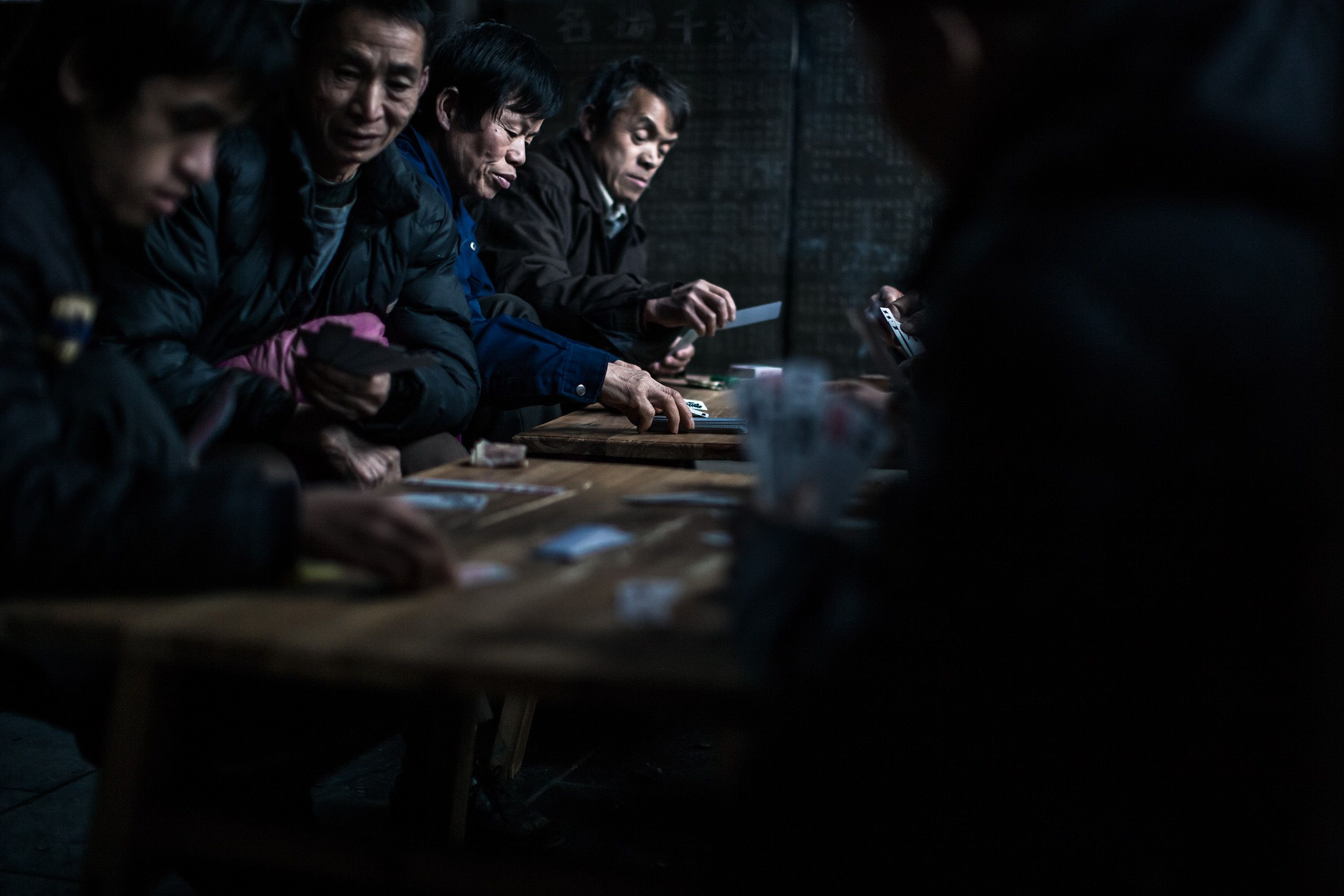
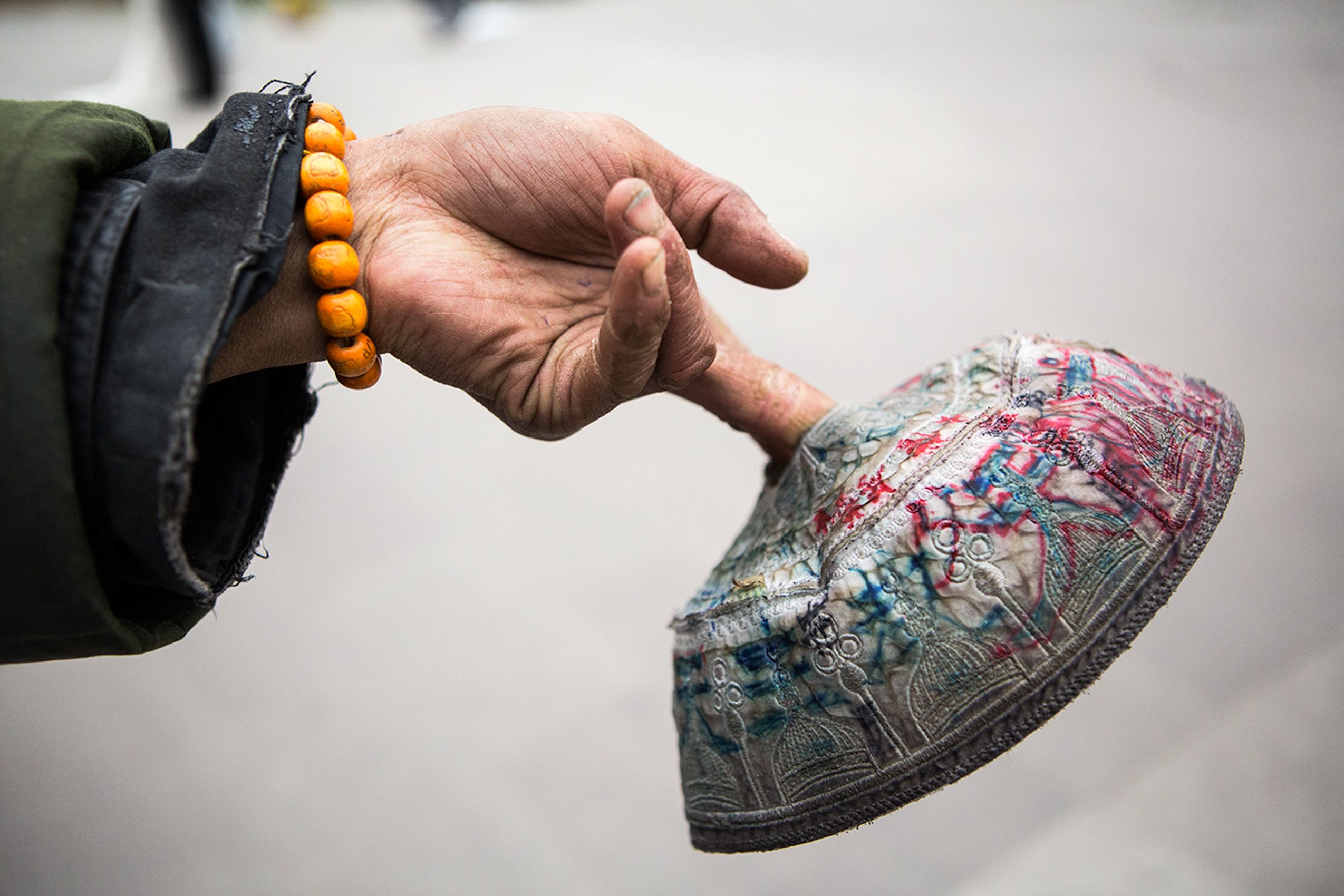
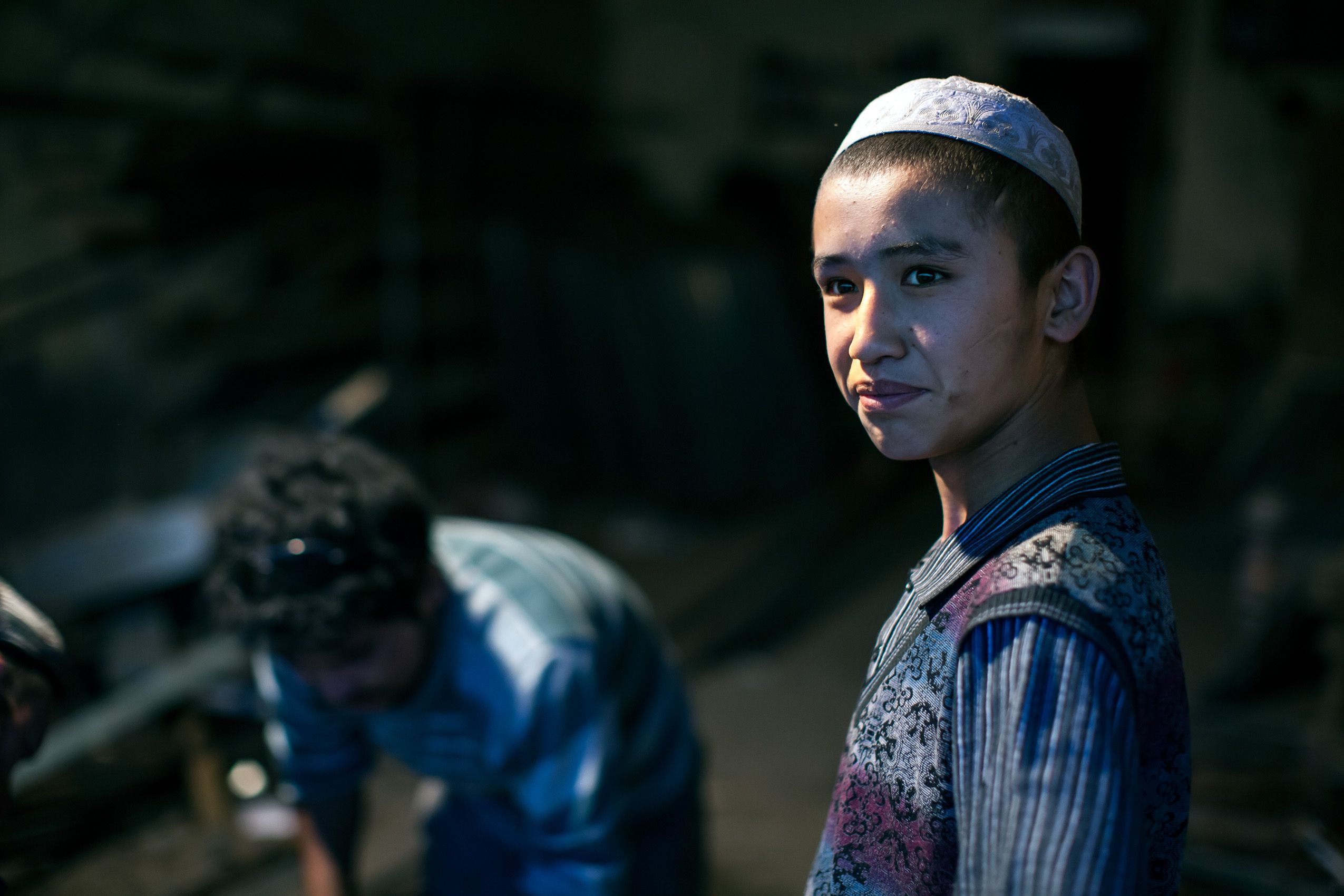
China Edges
Borders – both the natural and man-made demarcations between cultures and nations – have always fascinated me. China borders 14 nations, more than any other country apart from Russia. Sometimes these borders are hard and transitions are sharp, such as China’s western borders with ex-Soviet Central Asia. Some are gentler. But what captured my interest are the internal borders within this vast and diverse country. In addition to the majority of Han Chinese, there are 55 minority groups, totaling approximately 105 million people. These minorities are mostly concentrated on the edges of the country.
China Edges, is a visual journal of several trips made to the border regions of China. Over the course of four years, several trips, and many visas, I have visited six of these minority groups. The various degrees of cultural differences make China a much more complex patchwork of cultures than what it is generally thought. This collection of images captures a small part of China’s diversity by showing rhythms of everyday life and portraits from across the country.
Through my images, I aim to illustrate China’s singular uniqueness. An example of this a picture of women doing their morning exercise in Pingyao, a scene I have witnessed many times across China. Another is the appearance of a travelling street opera group in full costume under a bridge in Wuhan. Sometimes the uniqueness can be depicted in China’s harsh environments alone. In Shanxi province, located in the North of China, I traveled to the remote cave village of Lijiashan located on the Yellow river. The picture of a man on the roof of his house surrounded by what looks like a quarry, is actually terraces. The dryness and the difficulty of making a living in this rugged region comes across in this image.
But today, China is losing some of its uniqueness as it opens up to the world and rushes head-first into development. Unprecedented urbanization has seen millions move from the countryside to the cities. The construction boom has resulted in the country literally rebuilding itself. This has led to a degree of sameness across the country. It is sometimes difficult to distinguish one large city from another, unless it has a strong personality like Chongqing. It is hard to get one’s head around the fact that there are over 160 cities in China with over a million people.
China has strong visuals, especially in the Tibetan world. This world includes not only the autonomous region, but also the old Tibetan regions of Kham, located mainly in western Sichuan, and Amdo, located in Qinghai and parts of Gansu province. Some parts of the Tibetan world are very remote. On one of these trips, I stopped in Luhuo. Wandering around the town in the early evening, I came across a wedding party and was invited in for some yak tea. I asked if I could take some pictures and the shy adults quickly pointed to their children. I took a picture of one of their daughters. When I showed the picture on the back of the camera to her and her friends, they were so excited that they pulled the camera quickly down towards them, completely oblivious to the fact that it was still attached to my neck. Thankfully, her parents pointed this out.
Another very distinct minority in China are the Uyghurs, an ethnically Turkic group, who live mainly in the south west of Xinjiang province in the oasis towns scattered around the Tarim Basin. The largest of these oasis towns is the fabled Kashgar, once a key-stop on the silk road. Cut off by mountains from Central Asia and the subcontinent, and by deserts from the rest of China, this remote region, until recently, was only connected with the rest of the world by long overland journeys or by traveling over high altitude passes. The construction of airports and the extension of China’s rail system have changed that. In Yarkand, on the southern branch of the Silk Road, I took a picture of a Kebab seller. This could have been taken in Turkey, 4,000 kilometers away to the west.